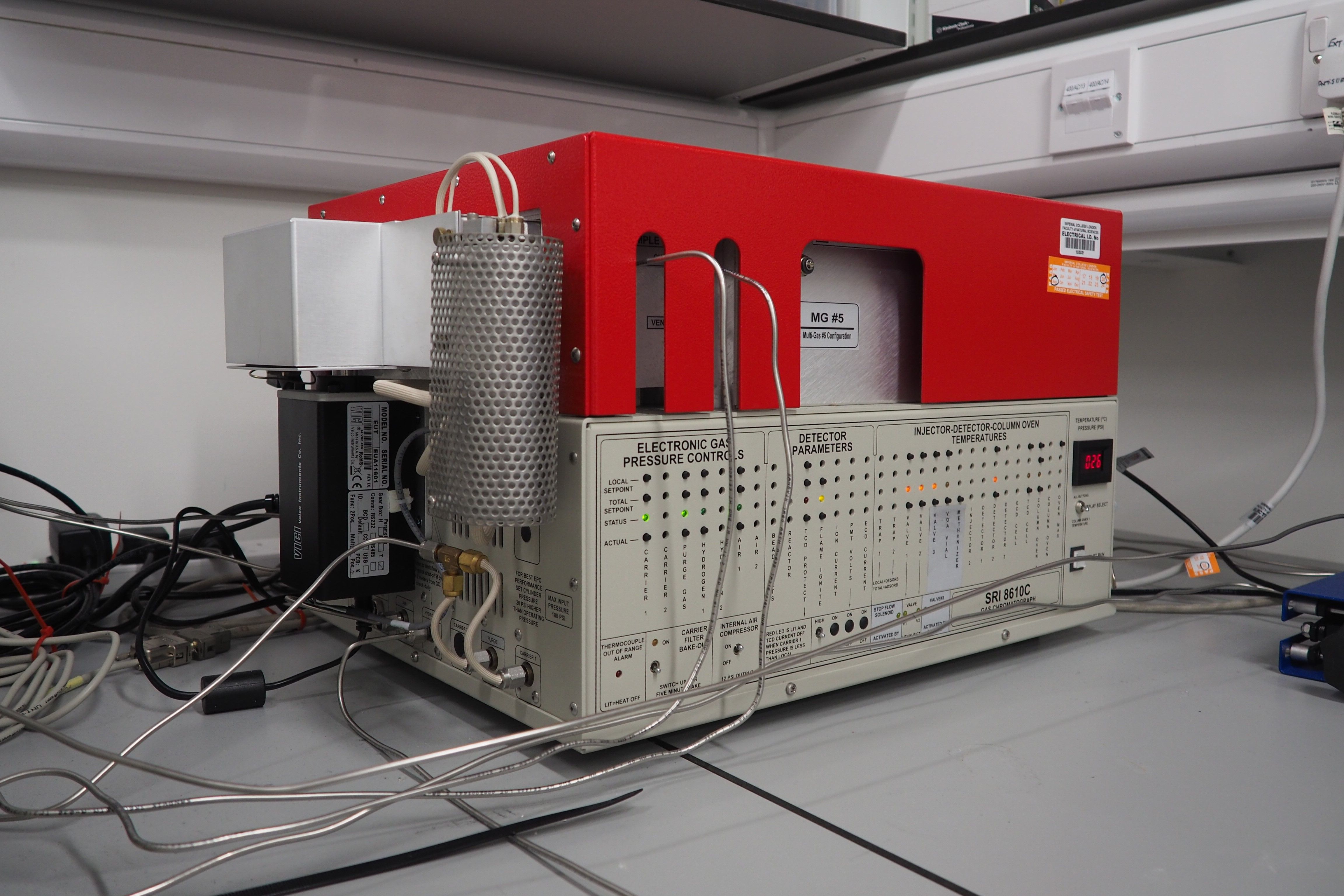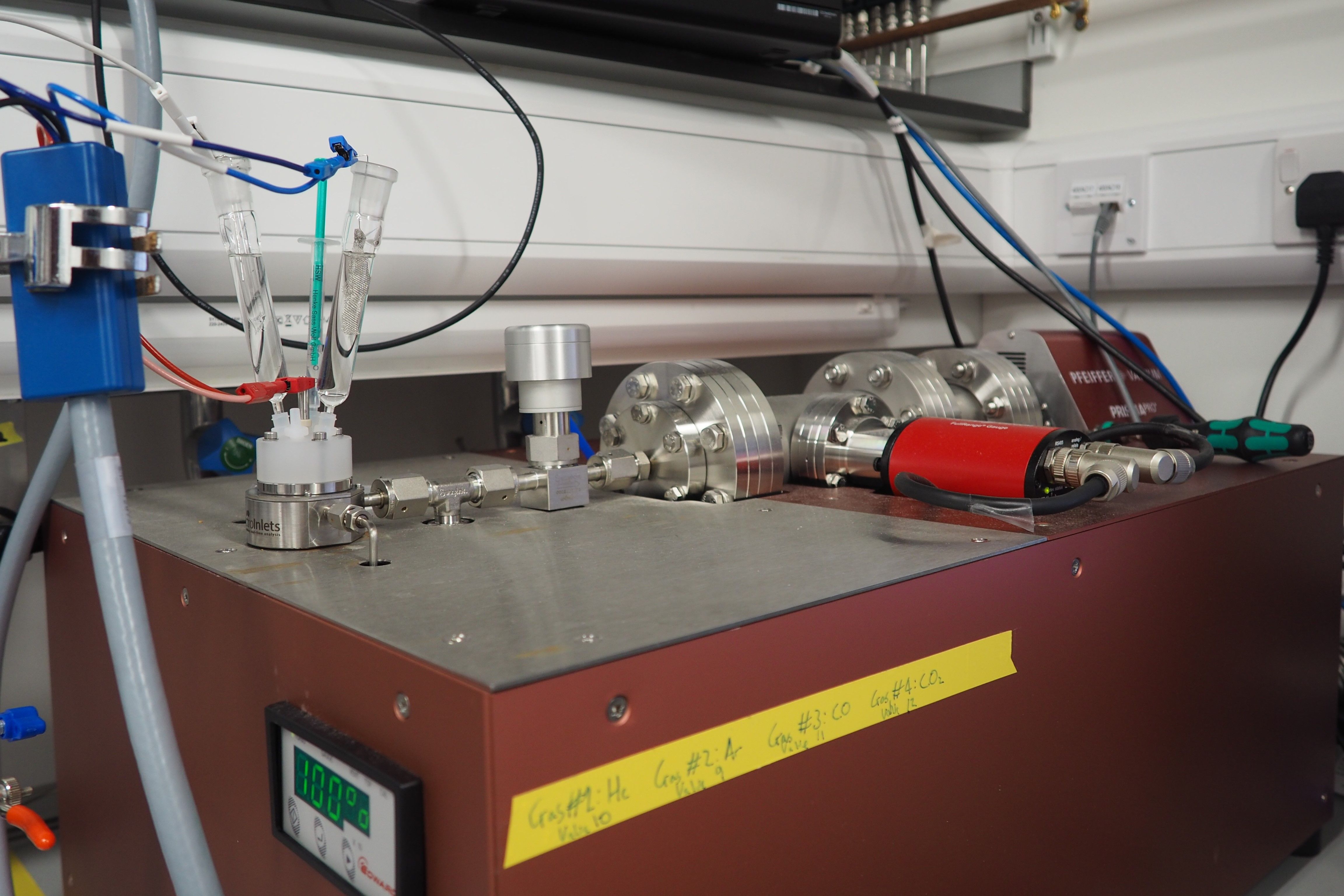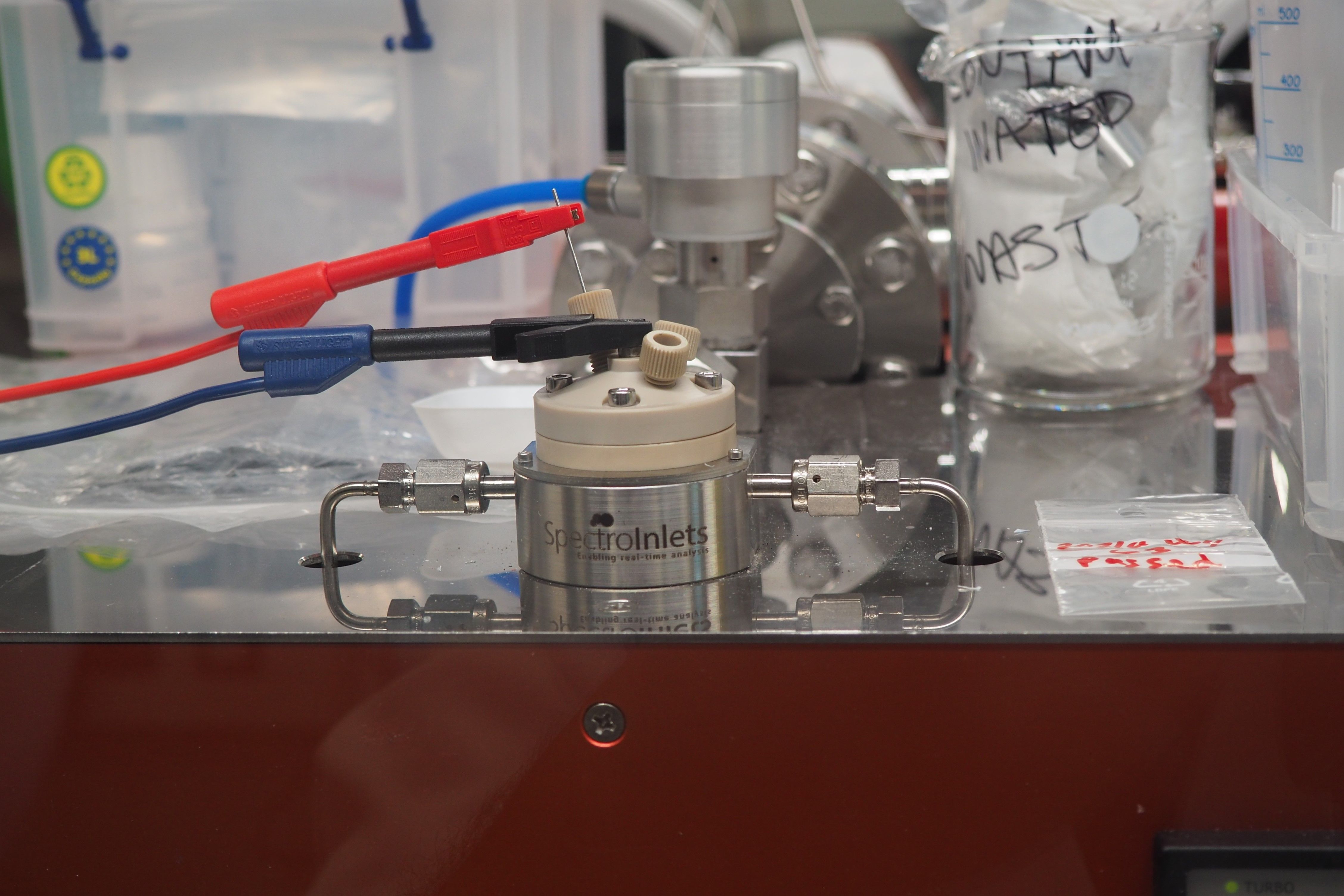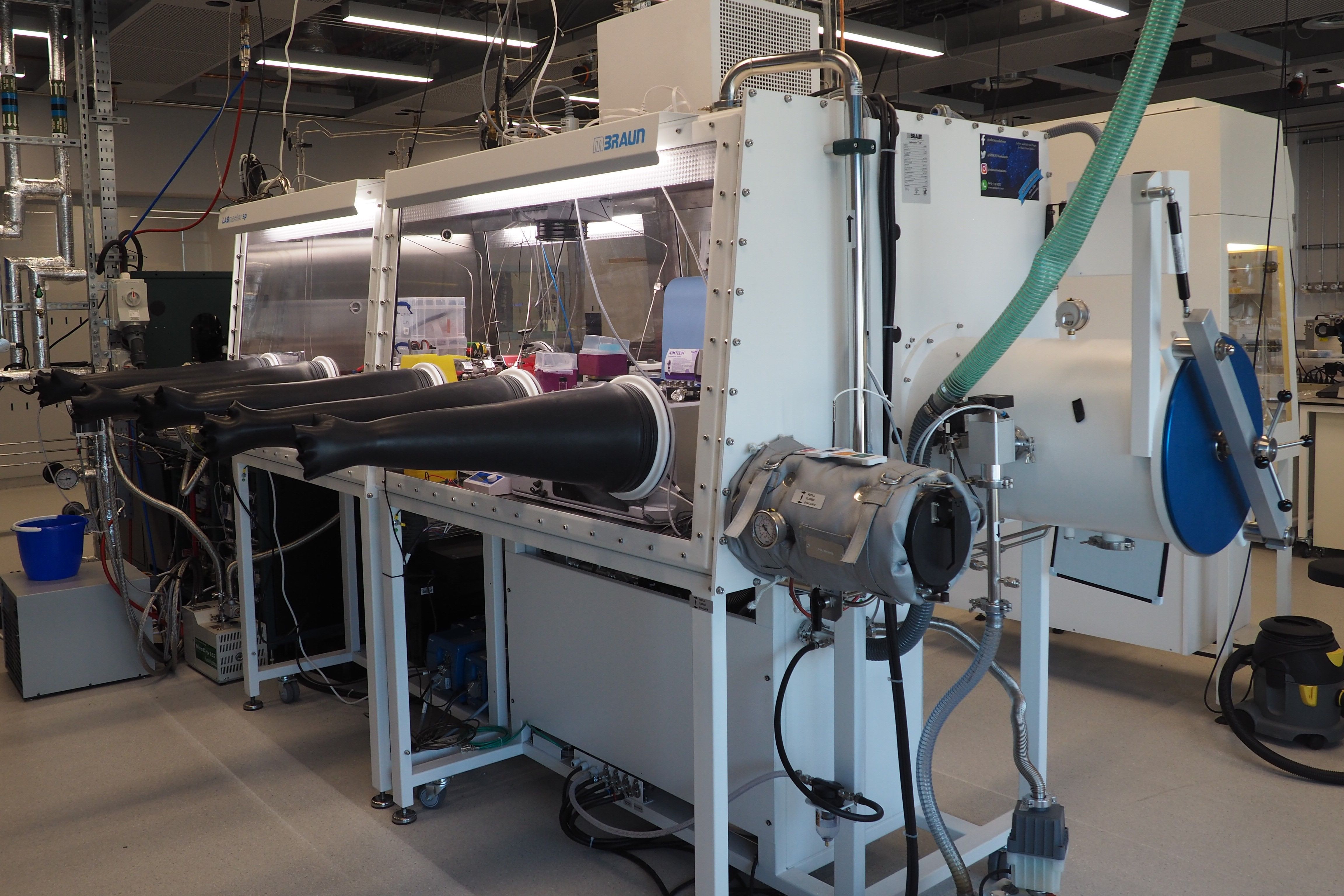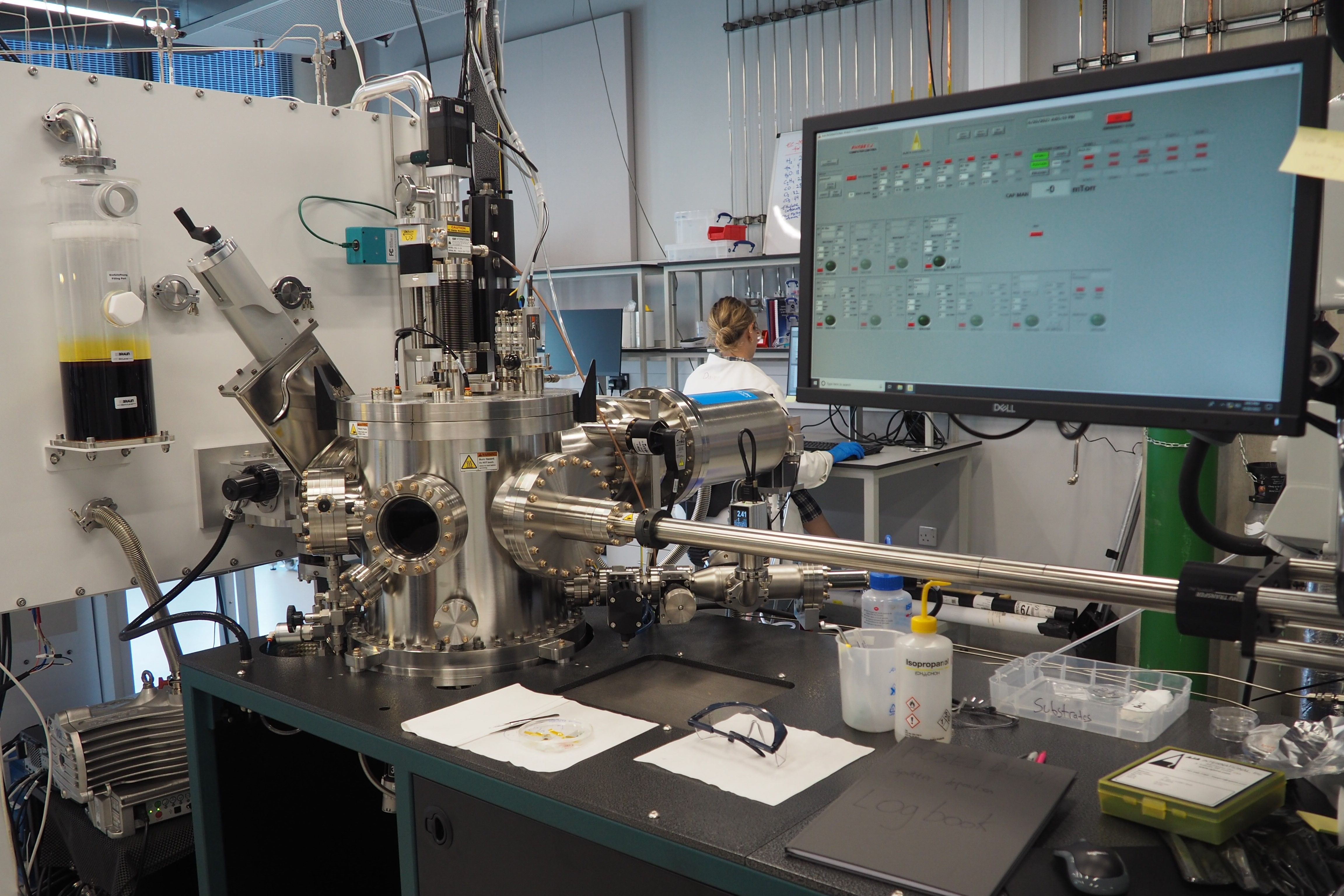Within the Molecular Science Research Hub as well as in the facilities installed with the Henry Royce Institute for advanced materials research and innovation, we currently have to our disposition high-end materials design and characterisation equipment, as well as state-of-the-art electrochemical devices for operational testing.
With these pieces of equipment, we hope to shed light on the key reactions driving or hindering electrochemical process, highlight similarities and differences between them, and provide fundamental guidance on how to tailor the corresponding interface to its specific needs, toward efficient and stable electrochemical devices.
